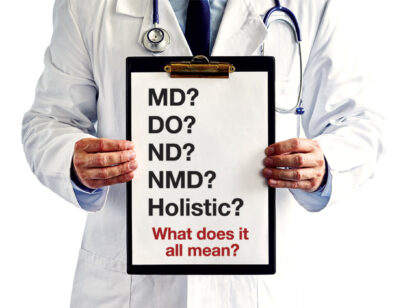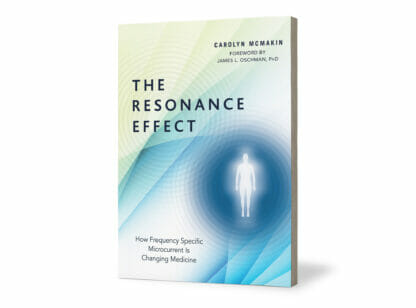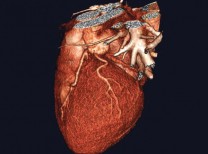Excerpt from a Presentation by Peter Kadile, D.O.
Recently Dr. Peter Kadile (“Ka-DILL-ee”) spoke as part of Eisenhower’s Healthy Living Series. His presentation entitled M.D., D.O., D.C., N.D.: Similarities and Differences was very informative. In reference to our title, Dr. Kadile said, “Believe it or not, I get asked this question all the time.”
So, I thought we’d provide an overview to answer the question as to what a Doctor of Osteopathic Medicine, or DO, does and how they compare to Medical Doctors or MDs.
As explained by Dr. Kadile…
In the United States, DO’s can practice the entire scope of modern medicine as MD’s. They can prescribe medications and perform surgeries. DO’s have specialties and are required to obtain the same education and licensure as MDs. Both have to take a medical college aptitude test to get into school, have a 4 year bachelor’s degree, take pre-med classes, and study 4 years of medical school. DOs pursue postgraduate training through internship and residency for their specialty. To practice, they need to take a national board exam as well as pass state licensing requirements.
The primary difference between DOs and MDs are the philosophies we are taught in school. From day one, DOs are taught that a person is a unit of the body, mind and spirit. We look not only at the physical body, but at a person’s lifestyle and how they live, what they eat, etc.
The profession of DO was established in 1874 by Dr. Andrew Taylor Still who was frustrated at medical care which he saw as ineffective and too much about medications. He believed in looking at the whole person. His philosophy was that the musculoskeletal system played a vital role in health and disease. If the musculoskeletal system was balanced (with the help of osteopathic manipulation), blood flow would improve and the patient would heal better and on his own. He opened the first school of Osteopathy in 1892. There are 32 DO medical schools in the US today.
The philosophies that DO’s learn in school are as follows:
The parts of the body make up a unified whole. The effects of any disease are felt, in varying degrees, throughout the body. Therefore, the entire body can be mobilized to help combat illness. Treating specific, isolated symptoms ignores the interconnectedness of the body.
The body has a natural ability to self-regulate and self-heal. Using natural treatment methods rather than drugs alone, helps promote healthy body functions that are designed to battle disease and help repair injury.
The musculoskeletal system is a key element in maintaining health. This system makes up two-thirds of the body’s mass and includes the bones, muscles and cartilage. It impacts and reflects the condition of all other systems in the body (circulatory, nervous). The idea is that if I adjust you, you are going to feel better.
So are DO’s ‘real doctors’? I believe we can be included in that category. We are simply taught to look at the whole person first and learn to practice hands-on health care, manual manipulation, and lifestyle alterations that will allow the body to heal itself first. We promote prevention and lifestyle change in addition to using medications if warranted.














































Comments (0)